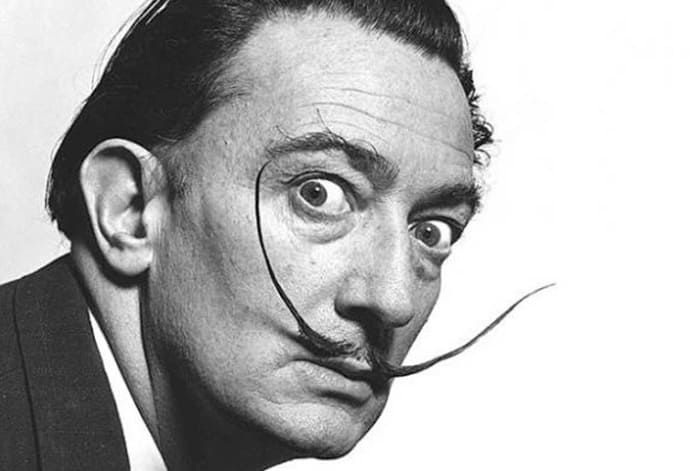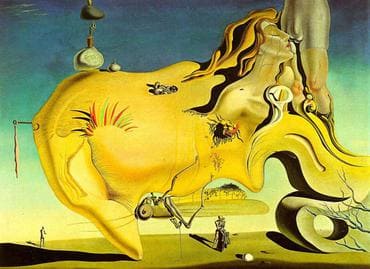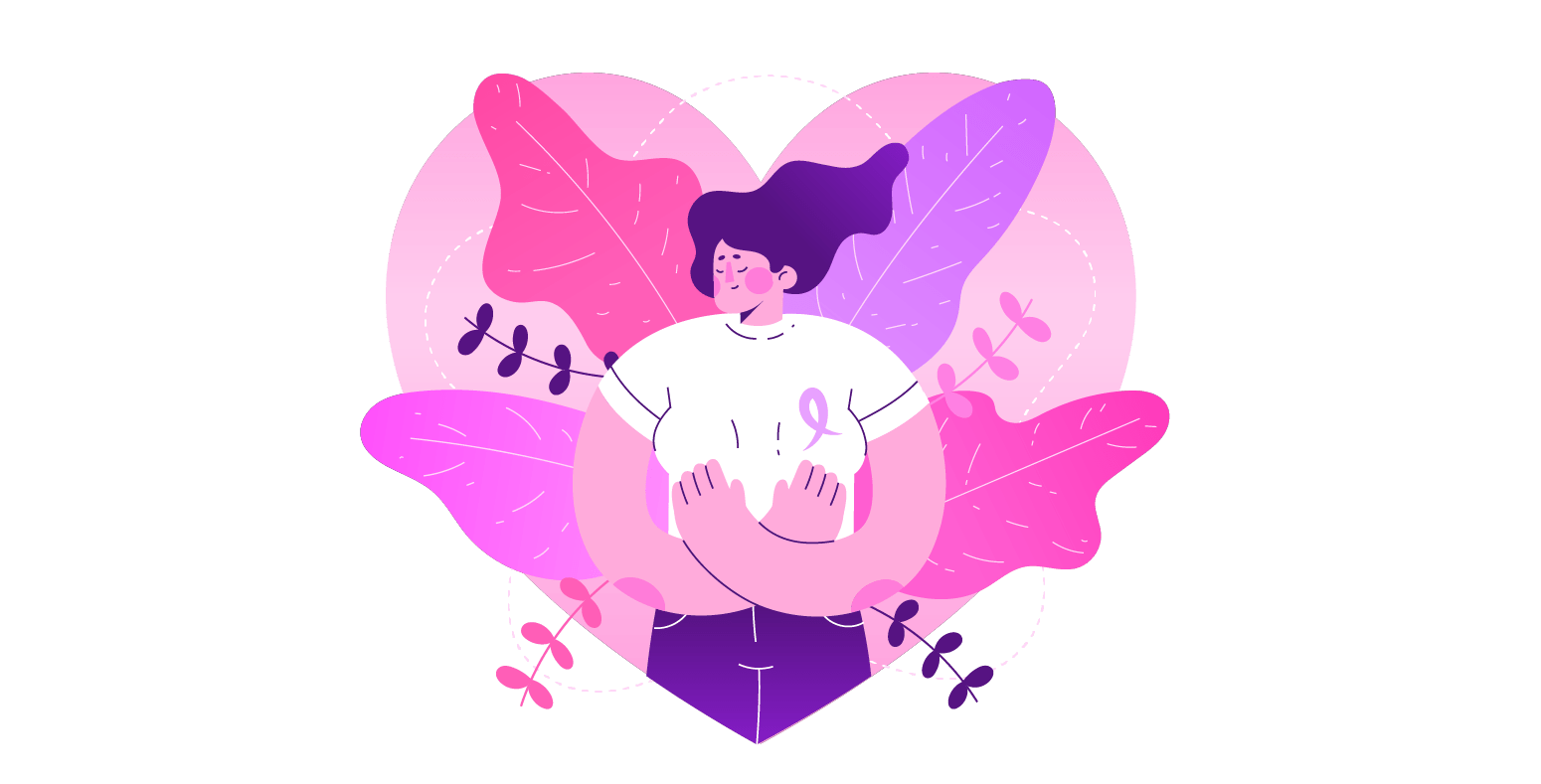DRAWING: 3 POWERFUL WAYS TO OVERCOME FEAR AND GAINING CONFIDENCE
Drawing is a beautiful form of self-expression that allows artists to convey their thoughts, emotions, and ideas visually. However, many aspiring artists often find themselves grappling with fear and lacking confidence in their drawing abilities. The fear of not being able to draw well or feeling inadequate can hinder their progress and prevent them from fully exploring their artistic potential. In this article, we will delve into the psychological barriers that artists commonly face, discuss ways to overcome these fears, and offer practical steps to boost confidence in the drawing process.
1. Understanding the Fear in Drawing
1. The Fear of Not Being Able to Draw Well
One of the most significant fears that artists encounter is the belief that they are incapable of drawing well. This fear can stem from comparing oneself to other artists or feeling intimidated by the technical skills required in drawing. It often leads to self-doubt and a lack of confidence in one’s own abilities.
2. Feeling Inadequate and Lacking Confidence
Alongside the fear of not being able to draw well, artists frequently experience feelings of inadequacy. They may doubt their artistic vision, worry about receiving criticism, or feel like their work doesn’t measure up to their own expectations. These negative emotions can significantly impact an artist’s confidence and hinder their creative growth.
2.Overcoming Psychological Barriers
1. Embrace a Growth Mindset
To overcome fear and gain confidence in drawing, it is crucial to adopt a growth mindset. Instead of viewing artistic skills as fixed traits, understand that improvement comes through consistent practice and learning. Embrace the idea that mistakes are opportunities for growth, and every drawing you create contributes to your progress as an artist.
2. Consistent Practice and Skill Development
Consistent practice is essential in overcoming fear and boosting confidence. Set aside dedicated time for drawing regularly, even if it’s just a few minutes each day. Through deliberate practice, you can refine your technical skills, experiment with different styles and techniques, and gradually build confidence in your abilities.
3. Seeking Inspiration and Learning from Others
Drawing inspiration from other artists can help alleviate fears and expand your creative horizons. Explore different art styles, study the works of established artists, and attend art exhibitions or workshops. By immersing yourself in the art world, you can gain fresh perspectives, learn new techniques, and realize that every artist has their own unique journey.
3. Boosting Confidence in the Drawing Process
1. Setting Realistic Goals
Setting realistic goals is crucial for building confidence in drawing. Break down larger artistic aspirations into smaller achievable tasks. Celebrate small victories along the way, as each step forward reinforces your belief in your abilities. With time and perseverance, you’ll witness your progress first-hand, boosting your confidence in the process.
2. Embracing Imperfection and Learning from Mistakes
It’s essential to recognize that perfection in art is subjective and often unattainable. Embrace the imperfections in your drawings and see them as opportunities for growth. Learn from your mistakes, experiment with new approaches, and use each drawing as a learning experience. Remember, even well-established artists faced setbacks and made errors on their artistic journey.
3. Cultivating Self-Expression and Creativity
Drawing is a powerful tool for self-expression. Embrace your unique perspective and let your artwork reflect your thoughts, emotions, and experiences. Allow yourself to experiment, explore different themes, and find joy in the creative process. The more you express yourself authentically through your drawings, the more confident you’ll become in your artistic voice.
4. Conclusion
Overcoming fear and gaining confidence in drawing requires a combination of psychological shifts, consistent practice, and embracing personal growth. By understanding and addressing the fears that hold us back, setting realistic goals, and nurturing our creativity, we can break free from self-doubt and unlock our artistic potential. Remember, every stroke of the pencil brings us closer to overcoming fear and becoming more confident in our drawing abilities.
5. Salvador’s Artistic Journey
1. The Early Years
Battling Insecurities Salvador Dali‘s artistic journey began in his hometown of Figueres, Spain. From a young age, he showed immense talent and a vivid imagination. However, as he grew older, Dali’s self-doubt and insecurities started to hinder his progress. He often compared himself to other artists and felt inadequate in his own abilities. Fear of failure and rejection plagued his mind, creating a barrier to his artistic growth.

2. Embracing the Unconscious Mind
Surrealism and the Subconscious Dali’s encounter with Surrealism, a movement that embraced the subconscious mind and dreams, became a turning point in his career. He realized that by tapping into the depths of his own psyche, he could unlock a wellspring of creativity. Dali began exploring his dreams, fantasies, and hidden desires through his artwork, defying conventional artistic norms and creating a distinctive style that would define his legacy.
3. Dali’s Unconventional Persistence
Persistence and Unconventional Techniques Dali’s commitment to his craft and his relentless pursuit of artistic excellence propelled him forward. He experimented with unconventional techniques, pushing the boundaries of traditional art. Dali’s mastery of meticulous details combined with his ability to portray dreamlike landscapes and bizarre imagery mesmerized audiences worldwide. Despite facing criticism and ridicule, he stayed true to his artistic vision and continued to evolve as an artist.
4. Confronting Fear
Dali’s Triumph One of Dali’s greatest triumphs came when he confronted his deepest fears head-on. He acknowledged the fear of rejection, the fear of not being understood, and the fear of not living up to his own expectations. By embracing these fears, Dali found the courage to create art that resonated with his innermost emotions and thoughts. His willingness to take risks and challenge the status quo allowed him to break free from artistic constraints and create truly groundbreaking works of art.
5. Dali’s Enduring Legacy: Fearless Creativity
Legacy and Inspiration Salvador Dali’s legacy extends far beyond his surrealistic masterpieces. His journey serves as a testament to the transformative power of overcoming fear and embracing one’s true artistic potential. Dali’s story inspires artists to confront their own fears, trust their unique artistic voice, and unleash their creativity without reservation. Through his life and work, Dali encourages artists to embrace the unknown, embrace their fears, and create art that is truly authentic and impactful.

6. Conclusion:
Salvador Dali’s remarkable journey from battling insecurities to unlocking his artistic brilliance is a testament to the strength of the human spirit. By conquering his fears, Dali became a visionary artist who pushed the boundaries of art and left an indelible mark on the world. His story serves as a beacon of inspiration, reminding artists that the path to artistic greatness often lies on the other side of fear. Embrace your fears, trust your creative instincts, and embark on your own transformative journey of self-discovery and artistic excellence.
6. Register Our Course Now
Whether you aspire to become a professional artist or simply want to improve your drawing skills, Artjobtraining.com can help you achieve your goals through our high-quality online drawing courses. We provide you with a flexible learning experience, complete with the knowledge and skills necessary to become a true artist. Enroll today to start your artistic journey!


